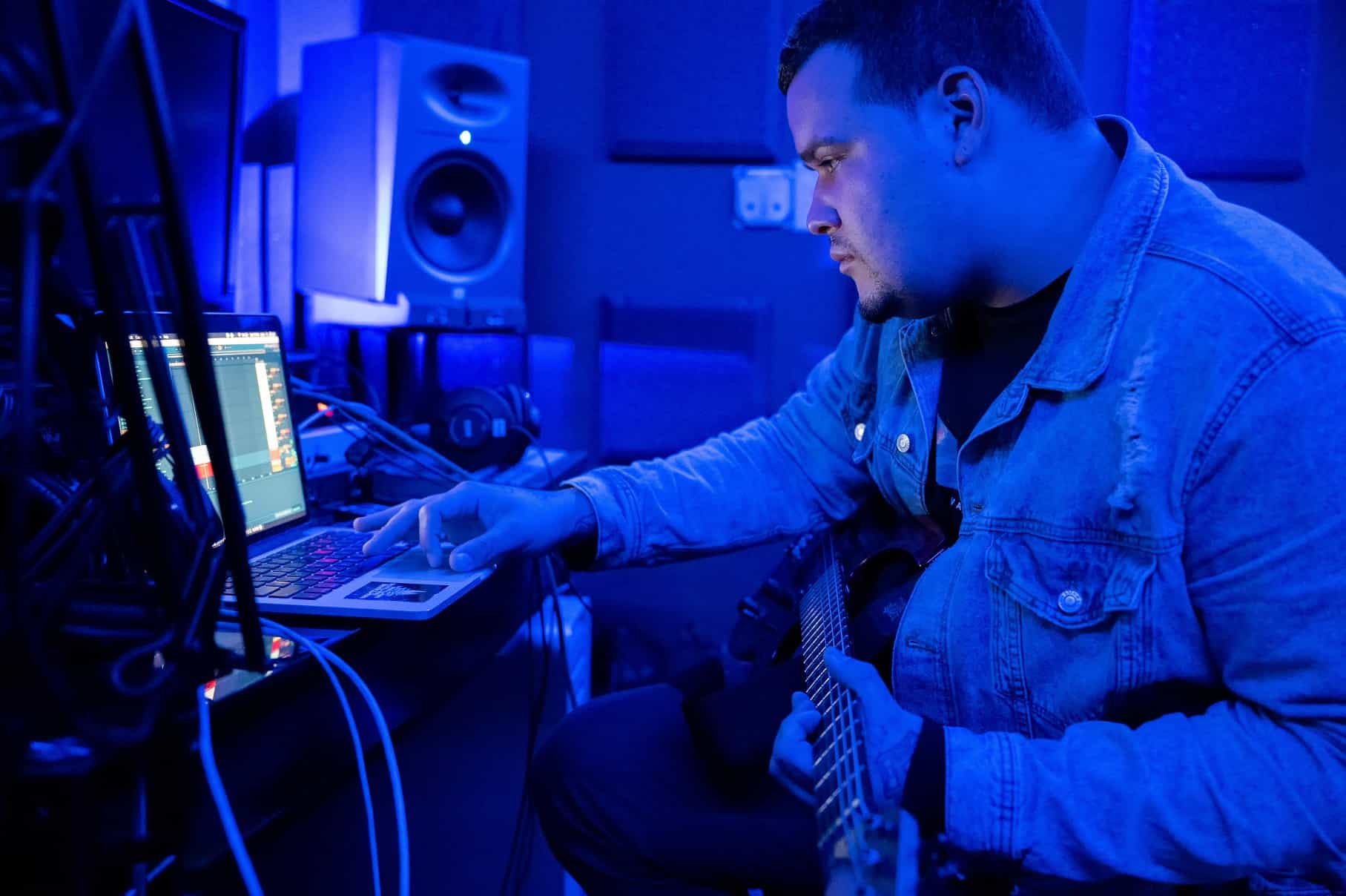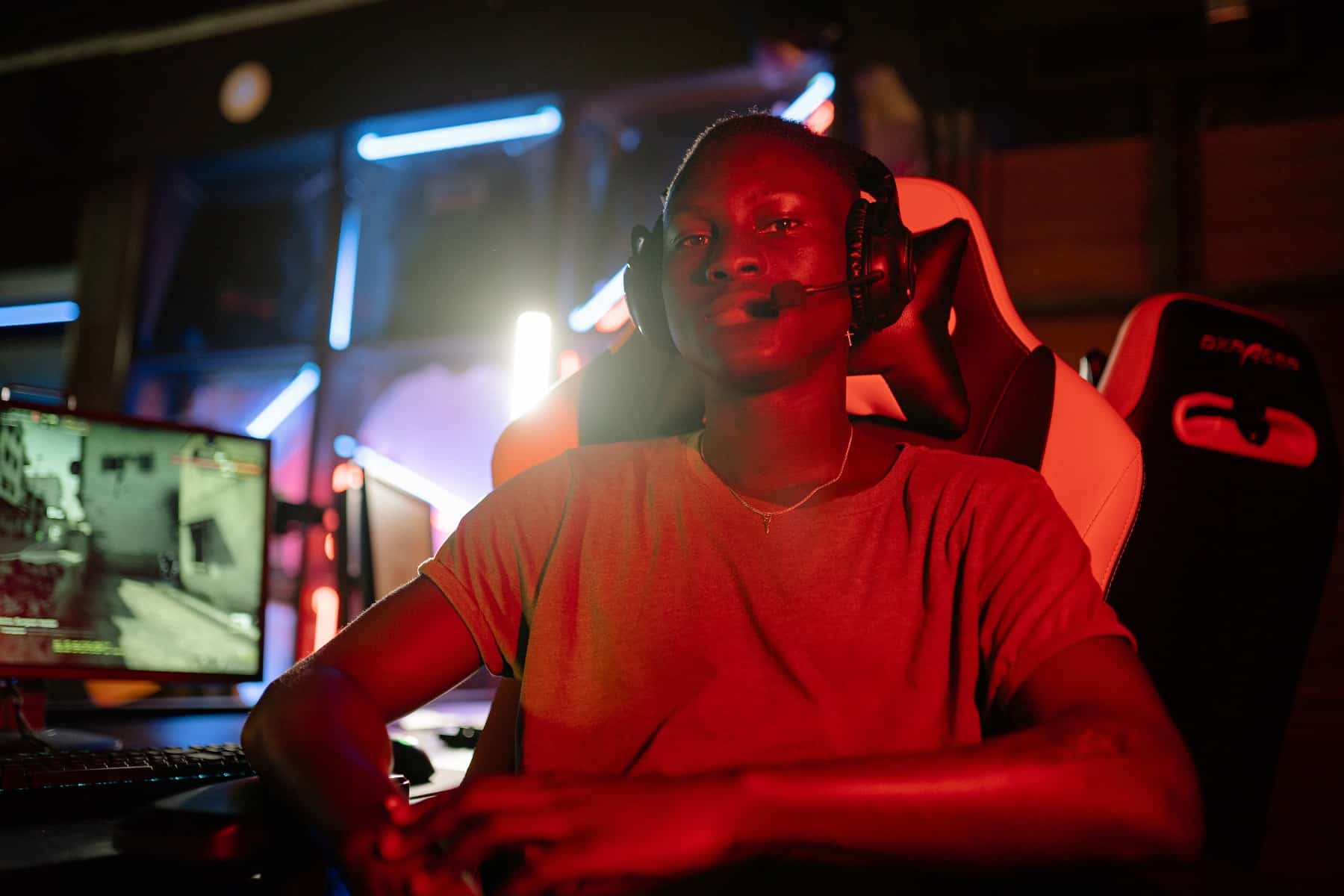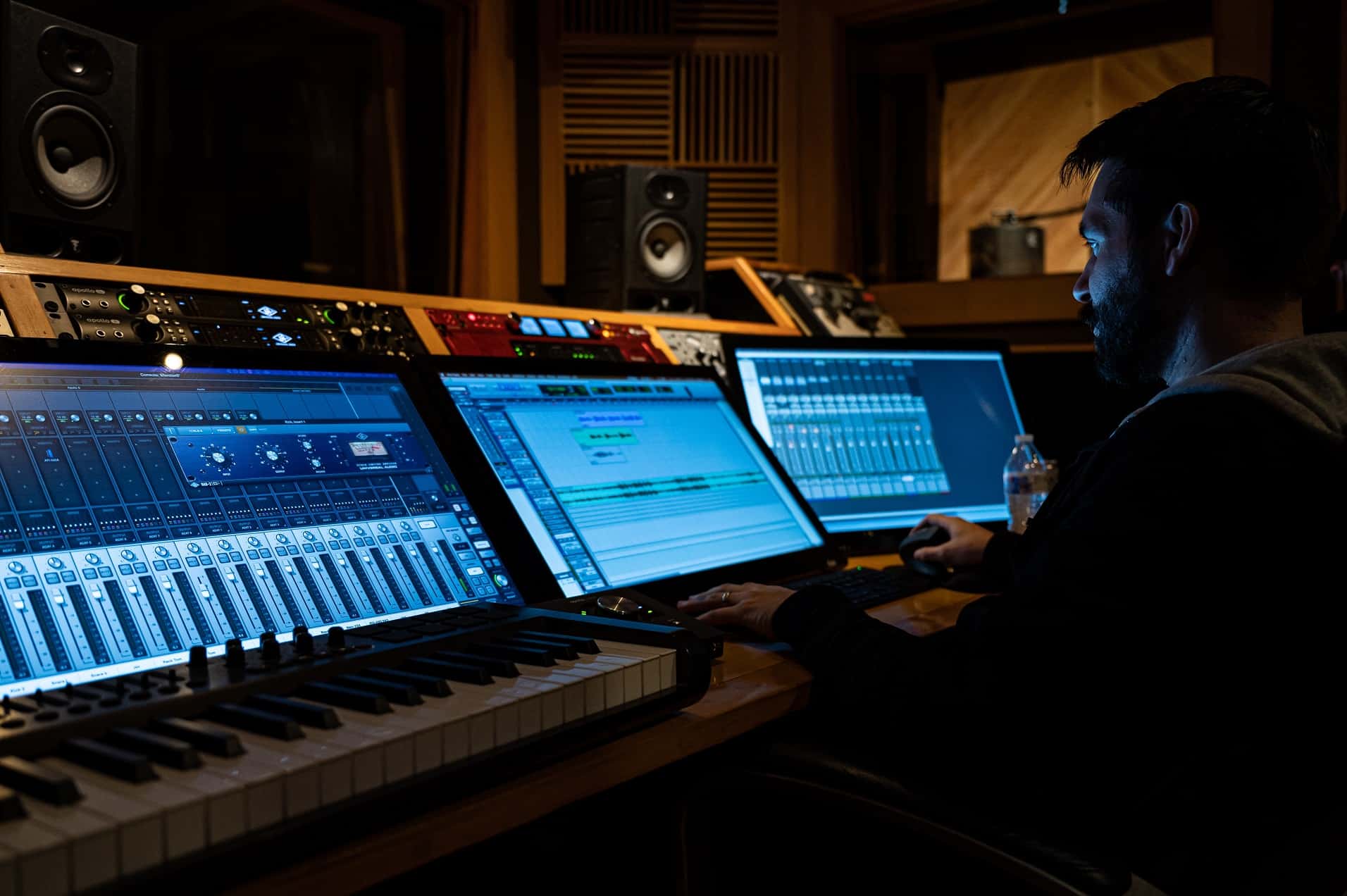

The Gamer’s Soundtrack: How Music Enhances Gaming
Both soundtrack (existing songs used in the movie or series) and the score (music or songs written specifically for the film or series) create something that the visuals cannot produce on their own: the ambiance and emotion that goes along with what is on screen. As film technology and filmmaking methods have improved, that knowledge and skill have spilled into the gaming section. Not too long ago, gamers were happy with crash-and-plop-like sound effects, but these days it requires a carefully considered collection of songs, music, and sounds to make a game stand out. Sound and music enhance the gaming experience more than the average gamer probably realizes; let us take a closer look.
Sound and visuals
Gamers came to love gaming for what they saw on their screens: the visuals. The stories told in gaming can range from summoning a demonic entity to take over the world to learning magic at Hogwarts hundreds of years before Harry Potter was born or even playing soccer as one of the most talented players of our time. Sound and visuals have gone together hand in hand since the very first stage plays were put on for the first dramatic audiences. The visuals tell the story for our eyes, but the sounds set the scene differently: they add suspense, happiness, fear, or drama to any moment. Sound and music transform visuals and create a wholly immersive experience rather than it being something for your eyes alone to take in. The best songs to listen to while gaming are the ones that are already in the soundtrack or that follow a similar beat and are in a similar genre to the ones in question.

Sound helps to create an emotional response in a primal way that visuals alone cannot do. Sounds inform and comment on the actions taking place on your monitor.
If there’s a moment of comedic relief, the silly sounds and music playing over the character dialogue will tell you it’s time to take a break from the serious stuff and laugh a little. Sharp, tingling keys of scraping strings indicate that we should be afraid or cautious because something or someone is probably around the next corner. Hypermodern, EDM-style music plays as we step onto a spaceship or into the distant future for the first time. A thumping, regular drum beat might help to get you psyched up for battle. Music guides us through various emotions that game visuals cannot handle: sorrow, nostalgia, longing, fear, hopefulness, hopelessness, love, and excitement.
Sounds created as samples and stored on soundboards add to these emotions: hollow whooshing in a tense horror scene, an electro beat leading into a fight scene where the character tests their strength but no one is hurt. The development of electronic music solutions has considerably decreased the overall cost of creating soundtracks and game scores and made the experience far more accessible.
Moved by the music
Music and sound can also create rhythm and help segment game pieces. Though the action or fear in one scene may have been intense, music can help put a full stop at the end of that experience and get you mentally ready to move on to the next one. When moments in the game are uncertain, music gives you a little hint of what’s to some. If there are scary strings, like the ones in the Jaws theme, you should look out for trouble. You are likely out of the woods if there is a light flute or trumpet tune. Character themes can also help us to get in tune with what a character is about. Certain characters in a game are very severe and skilled, so their theme will likely be something slower and with a clear beat. Comedic characters will have something lighter and more upbeat, with a bit of whimsy. These sounds help us buy into the character’s stories even more.
Over the last few decades, using existing music that already has a fanbase and a following for games has become increasingly popular. The benefits here are twofold: existing music fans are far more likely to buy a game whose soundtrack they know they will enjoy, and gamers exposed to new music might become fans of the band in question and go on to support their music. Both games and the songs in them can be propelled to more tremendous success by each other.

Building success
Gamers today aren’t happy with a few plink plonk sounds to mark their progress through a game world. They have become more discerning as the musicality of the gaming industry has increased and are not as demanding of their soundtracks and scores as they are of the visuals and storytelling that go into the games they play. The success or failure of a game is now determined not only by the quality of the characters built, their interactions, the story, and the complexity of the game world and graphics but also by the music and sounds accompanying them. Music and visuals always work best when paired well together, and it was only a matter of time until the game industry caught up to the standard that the film industry had set, and that’s a high one.
Sound and music are and should always be integral to any game. Where visuals are the body, music is the mind — the two work in different ways, but together to create a truly memorable experience.
Featured Image Credit: Brett Sayles


- Arodes cover Interview
- Armin van Buuren: Breathing In [Exclusive Interview]
- Ibiza 2024: What To Expect
- Burak Yeter: A Day In Space [Exclusive]
